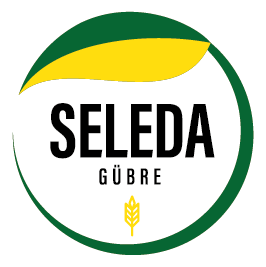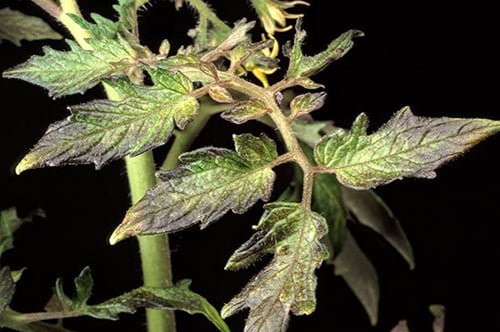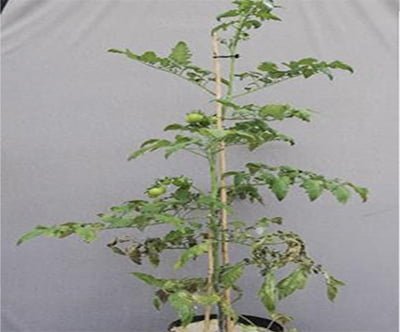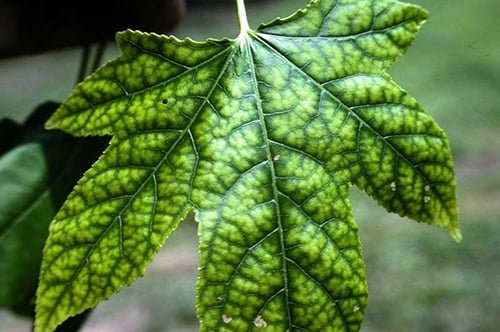Tomato Farming
Products
KG/Da
Super Economic Proposal
Products
KG/Da
What if tomato is not fed sufficiently?
If tomato cannot get sufficient nutrients from the soil during its growth, it may show the following signals.
Potassium (K) deficiency:
Potassium increases the plant’s resistance to cold weather and pests. It is necessary to sustain its metabolic activities and to yield crops uniformly. Potassium deficiency in greenhouse tomatoes is manifested by stained ripening which means that sunscald occurs in some sides of a ripe greenhouse tomato. The yellow appearance starts to appear on the old leaves first, then causes the edges of the leaves to dry out and eventually fall off.
Phosphorus (P) deficiency:
The adequate intake of phosphorus regulates root, flower and fruit growth and increases the crop quality. Phosphorus deficiency leads the plant to have smaller upright leaves and weak growth. Purplish red spots appear on the top or bottom of the leaf, starting with the leaf edges in severe phosphorus deficient tomatoes. Also, it ripens late, leading to undersized crops, which is not an expected or desired quality.
Iron (Fe) deficiency:
Iron is an important nutrient that provides the formation of chlorophyll in plants and activates respiration and photosynthesis. It also helps to have flowers and fruits in an efficient way in plants. The lack of iron in tomatoes manifests itself as the leaves turn pale green initially. Young leaves turn from pale green to yellow, with leaf veins remaining green without showing any dryness. Since iron is required for the formation of tuber and function development in tomatoes, it also causes nitrogen deficiency in seeds and grains as a side effect.







